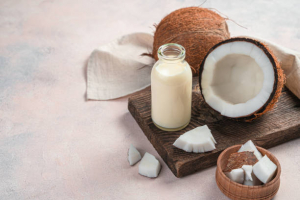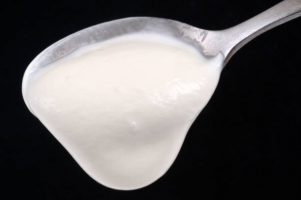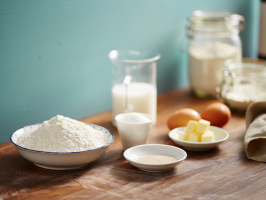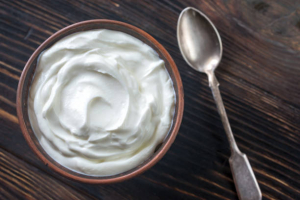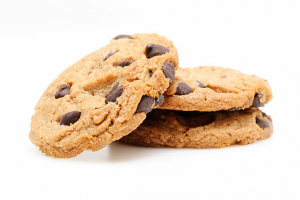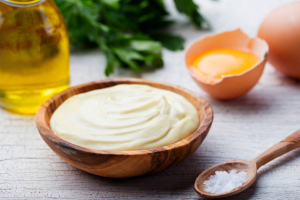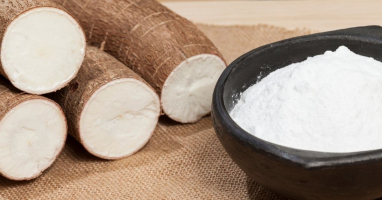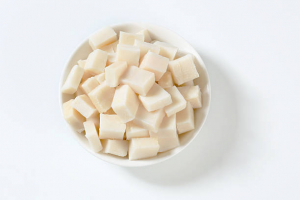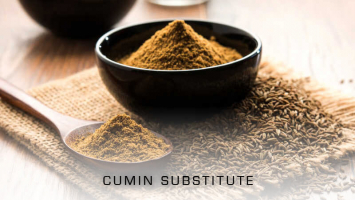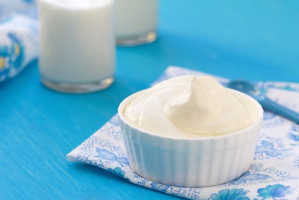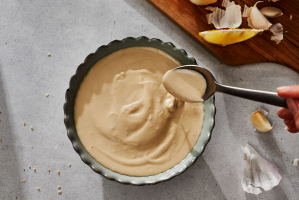Top 10 Best Substitutes for Evaporated Milk
Evaporated milk is a high-protein, creamy milk that is used in a variety of recipes. It is created by boiling ordinary milk to eliminate around 60% of the ... read more...water, resulting in concentrated and somewhat caramelized milk. It is frequently used in baking, pastries, soups, and sauces, as well as in coffee, tea, and smoothies to enhance the richness. However, there are a variety of reasons why you could require a replacement. Some people are sensitive to it because of the lactose content, while others just loathe the flavor. This article discusses the finest evaporated milk replacements.
-
As a lighter option, evaporated milk can be replaced with regular milk. One cup (240 mL) of whole milk has 146 calories, 13 grams of carbohydrates, 8 grams of fat, and 8 grams of protein. Milk also has 28% of the RDI for calcium and 26% of the RDI for riboflavin. 1 cup of evaporated milk, on the other hand, has 338 calories, 25 grams of carbohydrates, 19 grams of fat, and 17 grams of protein. It also has a greater calcium content, with 66% of the RDI. Because milk contains more water than evaporated milk, it is thinner and less sweet.
If you use milk as a replacement in sauces, you may need to thicken it with something like flour or cornflour. To attain the same flavor and texture in baking, you may need to use additional dry ingredients and a little more sugar. If you just run out of evaporated milk, you may easily create it at home using ordinary milk. It has the same nutritional value as conventional evaporated milk. You may also use lactose-free milk if you are lactose sensitive. Lactase, an enzyme, has been added to this milk to help break down the carbohydrates that persons with lactose sensitivity have difficulty digesting.

Milk 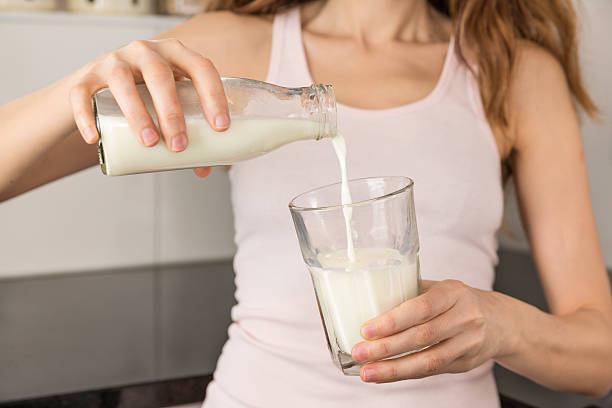
Milk -
Using cream instead of milk adds richness to a meal. In sauces, soups, pie fillings, baking, casseroles, frozen desserts, and custards, the cream can be used in a 1:1 ratio to substitute evaporated milk. The cream is thicker and has more calories than evaporated milk because it includes more fat. One cup (240 mL) of cream has 821 calories, 7 grams of carbohydrates, 88 grams of fat, and 5 grams of protein. A cream is a wonderful option for folks wanting to enhance their calorie intake due to its high-calorie content. It may not, however, be the ideal solution for persons wanting to reduce weight.
Half and half is a mixed combination of 50% milk and 50% cream. It has a somewhat thicker texture than evaporated milk. It's most typically seen in coffee, but it may be used in any dish that asks for cream or evaporated milk. It is nutritionally comparable to evaporated milk, however, it has fewer carbohydrates and more fat.

Cream 
Cream -
Powdered milk is milk that has been dehydrated to the point of being totally dry. It is developed to increase the shelf life of milk, just like evaporated milk. It may be converted back to milk by adding water. It may, however, be used dry in some recipes, such as cookies and pancakes. To substitute powdered milk for evaporated milk, simply reduce the quantity of water you would typically add. This will produce a thicker product, similar to evaporated milk.
Because various types require varying quantities of water, you may need to experiment a little to find the correct consistency. Depending on how much powder you use, it will be nutritionally equivalent to evaporated milk.
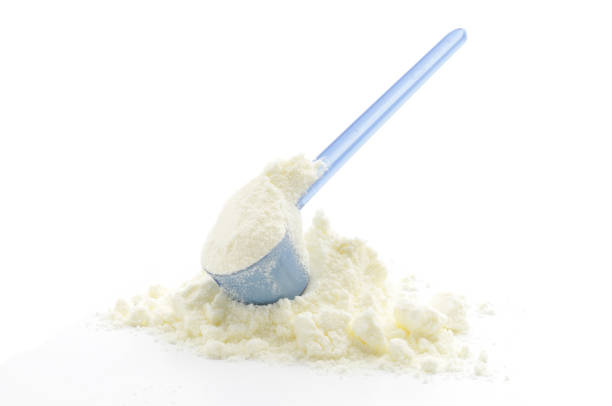
Powdered Milk 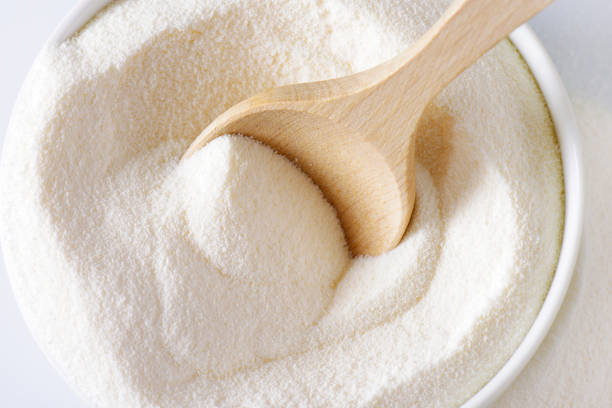
Powdered Milk -
Soy milk was initially utilized around 2,000 years ago in China. It is prepared by soaking dry soybeans in water, grinding them, and then filtering away the bigger portions to get a product that resembles dairy milk. Soy milk is the most nutritionally similar to regular milk in terms of calories, protein content, and digestibility. Commercial variants often contain calcium, as well as other vitamins and minerals.
One cup (240 mL) of soy milk includes 109 calories, 8.4 grams of carbohydrates, 5 grams of fat, and 7 grams of protein. This is around one-third the calories and half the protein of evaporated milk. To use as evaporated milk, heat soy milk and lower the water content. The flavor is somewhat different, but you won't notice it in most recipes. It may be used in both sweet and savory meals. Keep in mind, however, that up to 14% of children who have a dairy allergy are also allergic to soy. Other issues, such as the usage of genetically modified crops, may lead some individuals to shun soy.
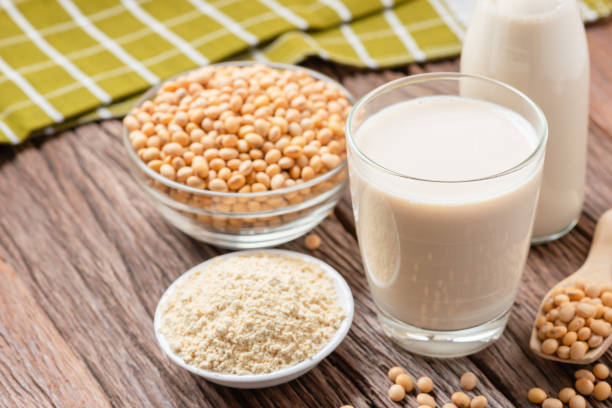
Soy Milk 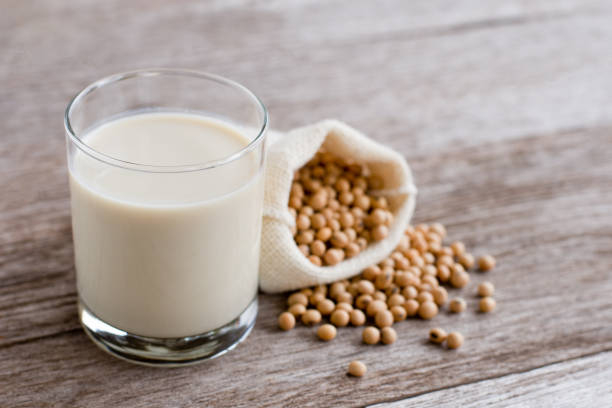
Soy Milk -
Rice milk is prepared by soaking rice and crushing it with water to produce a milk-like substance. People who are lactose intolerant or allergic to cow's milk and soy can use it. It has substantially less fat and protein than evaporated milk. One cup (240 mL) has 113 calories, 22 grams of carbohydrates, 2.3 grams of fat, and less than one gram of protein. However, due to its high glycemic index (GI), rice milk may be the dairy-free option that increases blood sugar the most.
Rice milk, like ordinary milk, may have its water content lowered by boiling. It can then be substituted for evaporated milk in recipes. However, the finished product will be thinner than evaporated milk, so you may wish to add cornstarch or a similar thickening agent. Rice milk's sweet flavor makes it very useful in sweets and baking.
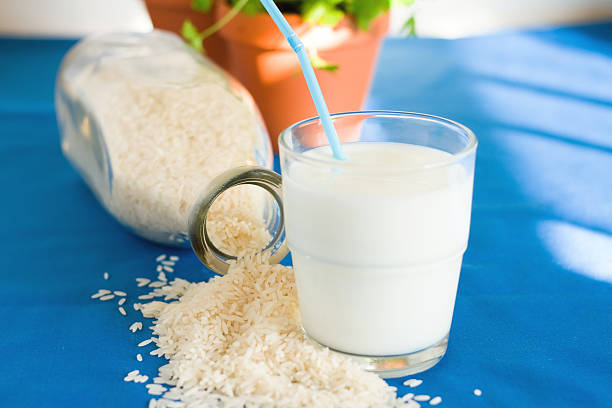
Rice Milk 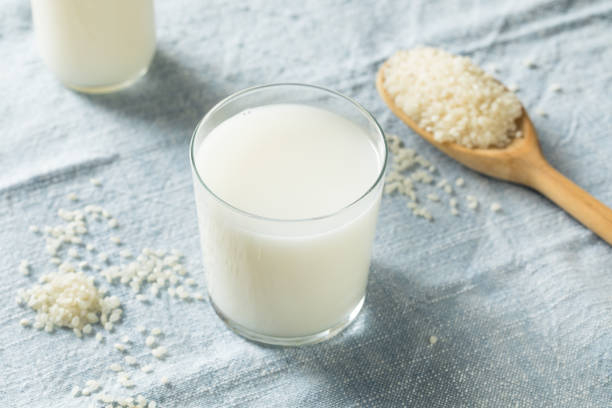
Rice Milk -
Almond, cashew, and hazelnut milk are examples of nut milk. They are created by crushing nuts with water and filtering the resulting milk-like beverage. They are low in calories and protein, which might be good if you want to cut back on your calorie consumption. 1 cup (240 mL) of almond milk, for example, has 39 calories, 1.5 grams of carbohydrates, 2.8 grams of fat, and 1.5 grams of protein. This is nearly a sixth of the calories in evaporated milk.
Almond milk also includes calcium, vitamin D, and vitamin E. However, evaporated milk provides higher calcium, delivering 66% of the RDI versus almond milk's 52%. Almond milk is best for desserts, whilst cashew milk may be used in both sweet and savory meals. Heat nut milk to lower the water content, just like ordinary milk. This produces an evaporated milk replacement, albeit it will not be as thick as actual evaporated milk. These milk are not suited for anyone who is allergic to nuts.
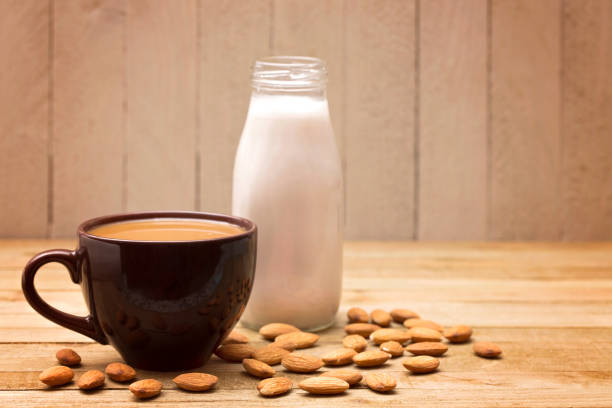
Nut Milks 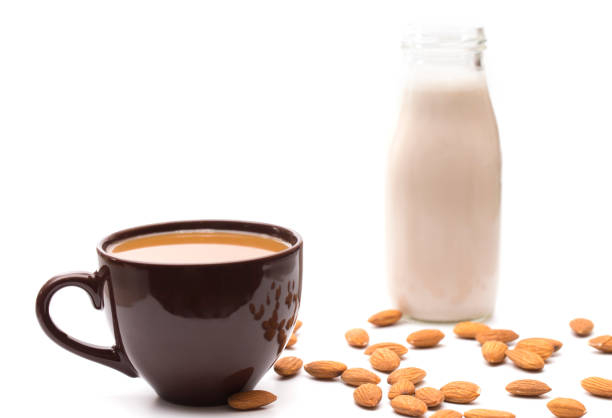
Nut Milks -
Oat milk is prepared by combining oats and water. You may create it at home or purchase ready-made versions. It is one of the few options that include dietary fiber, at 2 grams per cup (240ml). It is frequently enriched with iron, calcium, and vitamin D, however, handmade versions do not include these added minerals. Oat milk contains beta-glucans, which have been linked to a variety of health advantages such as better digestion, lower blood sugar levels, and lower cholesterol.
1 cup (240 mL) has 125 calories, 16.5 grams of carbohydrates, 3.7 grams of fat, and 2.5 grams of protein. It also has 30% of the RDI for calcium, which is less than evaporated milk but comparable to ordinary milk. Most recipes that call for evaporated milk may be made using oat milk. To attain the same consistency and flavor as evaporated milk, you may need to thicken or sweeten it.
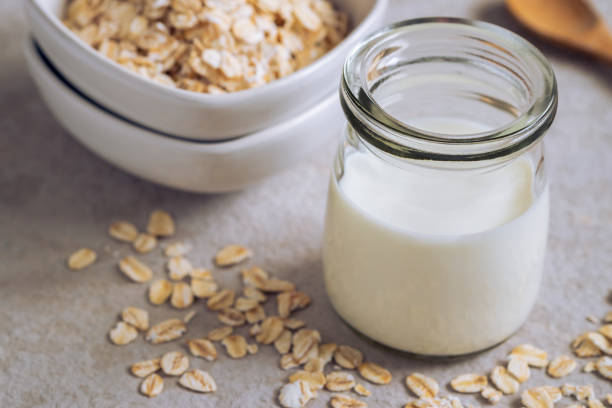
Oat Milk 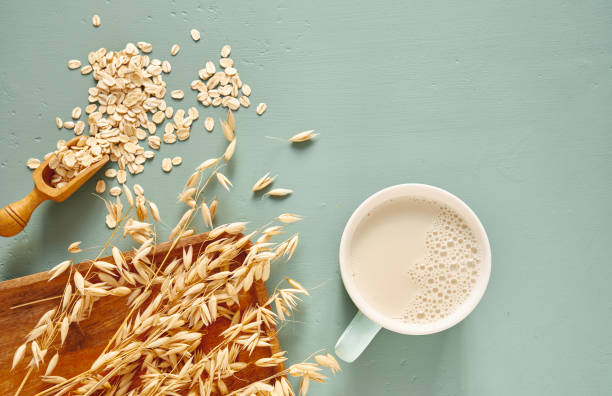
Oat Milk -
Flax milk is commercially produced by combining flaxseed oil and water. Homemade versions can also be manufactured by combining flax seeds and water. Commercial cultivars have relatively few calories and little protein. They include a lot of calcium, vitamin B12, and phosphorus. One cup (240 mL) of commercial flax milk includes 50 calories, 7 grams of carbohydrates, 1.5 grams of fat, and no protein. Furthermore, flax milk is high in omega-3 fats, which have been associated with a lower risk of heart disease and stroke. One brand, for example, includes 1,200 mg per serving, which is more than double the RDI.
It has one of the most neutral flavors among the nondairy options and tastes the most like ordinary milk. It may also be boiled to decrease water in the same manner that ordinary milk does. To acquire the same flavor and qualities as evaporated milk, you may need to thicken or sweeten it more.
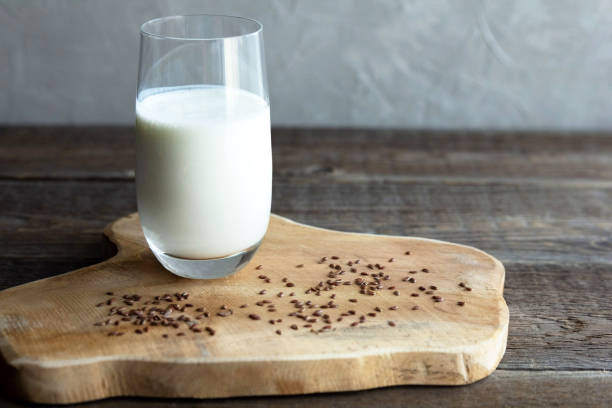
Flax Milk 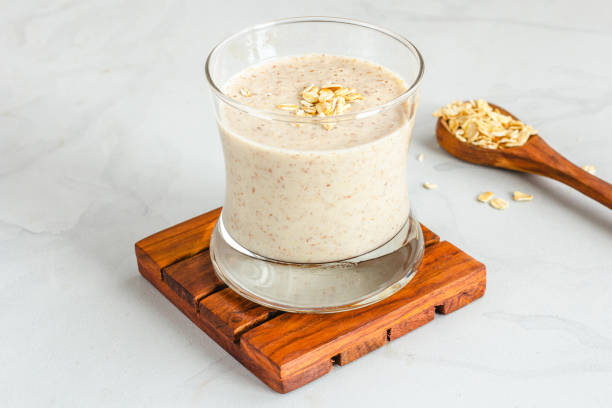
Flax Milk -
Hemp milk is prepared by combining hemp plant seeds with water. Hemp is a cannabis cultivar. Despite the fact that the milk is manufactured from hemp, it has nothing to do with marijuana. It is lawful and has no THC, a psychotropic chemical found in some cannabis plants. The nutritional composition of hemp milk varies greatly between brands. One cup (240 mL) has 83-140 calories, 4.5-20 grams of carbohydrates, up to 1 gram of fiber, 5-7 grams of fat, and up to 3.8 grams of protein.
It is also high in omega-6 and omega-3 fatty acids. One brand has 1,000 mg of omega-3 per cup, while the RDI for healthy persons is 250-500 mg. Hemp milk, like other plant milk, may be boiled and reduced to replace evaporated milk. It has a somewhat sweeter flavor and a more watery texture than some of the other options, so you may wish to thicken it with cornstarch or a similar thickening agent.
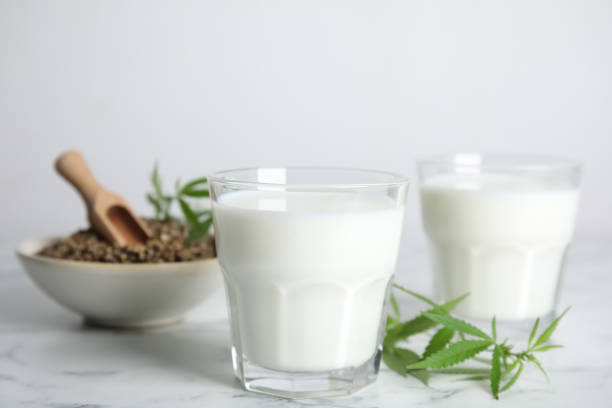
Hemp Milk 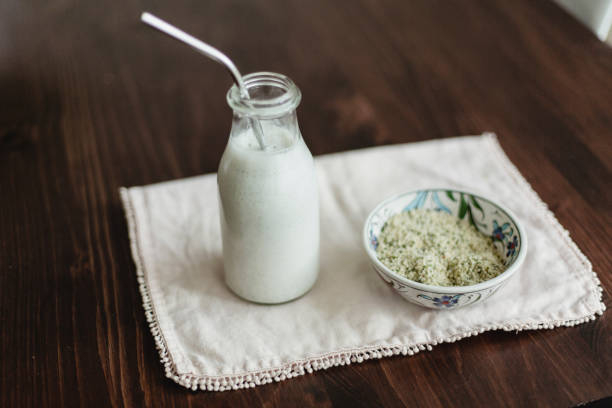
Hemp Milk -
Quinoa milk is a newcomer to the dairy-free milk market, but it is showing promise. Quinoa is soaked or cooked before being blended with water. Some recipe websites have also reported success in making it at home. A commercial variant has 67 calories, 12 grams of carbohydrates, 1.5 grams of fat, and 2 grams of protein in 1 cup (240 ml). It has fewer calories, fats, and proteins than evaporated milk.
So far, investigations have shown similar acceptability to rice milk in terms of flavor. Others who are used to drinking plant-based milk may find it more appealing than those who aren't. Because it is somewhat thicker than conventional milk, it may be used in some recipes without being reduced or thickened. If you create your own quinoa milk, you may make it thicker by mixing the quinoa with less liquid.

Quinoa Milk 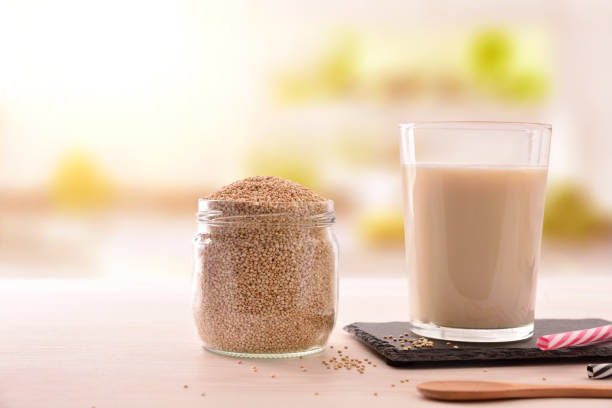
Quinoa Milk












